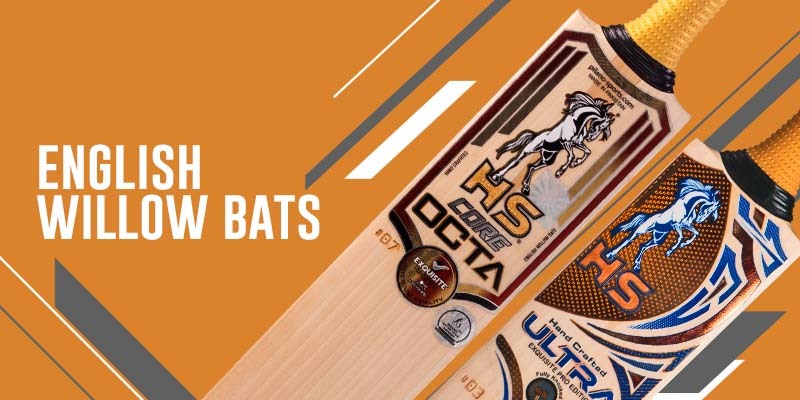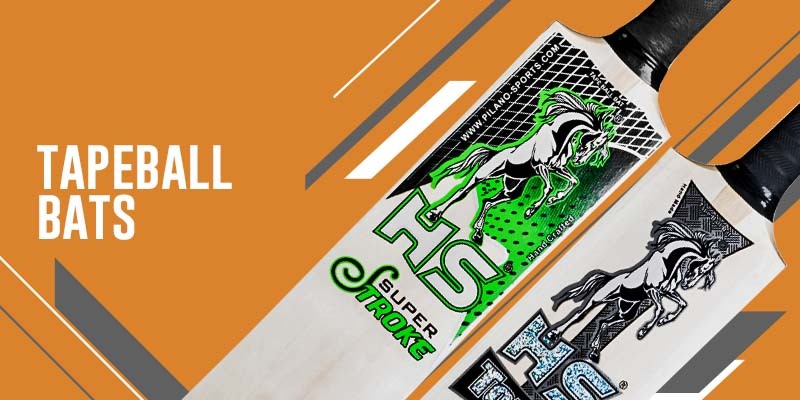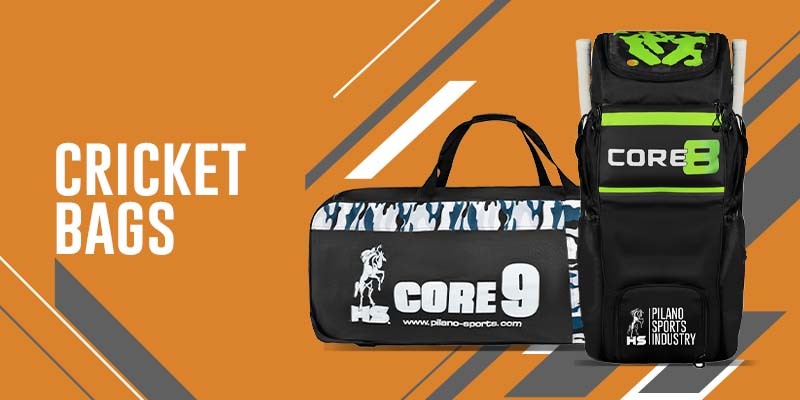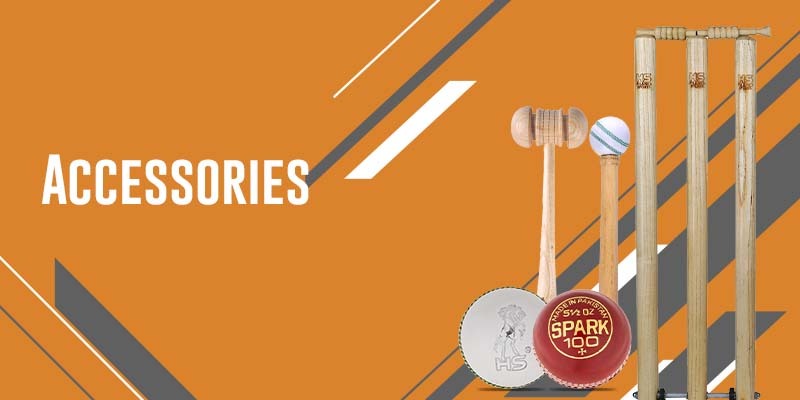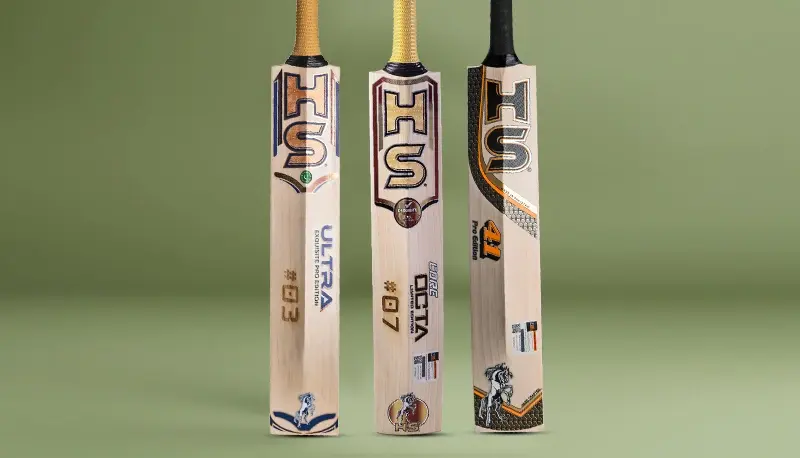
04 Apr 2025 - admin
How Does Cricket Bat Wood Get Graded and What Do the Different Grades Mean
If you're an ardent cricket fan, then you understand a bat isn't just a bat. It's an extension of your game, your performance, your style. But do you ever ask the question as to what makes one cricket bat superior to the other? Why do some of them have premium prices tagged to them, and some of them are dirt cheap? Everything boils down to the grade of the wood.
Yes, it is not just a matter of picking a bat that feels good in your hands.
It's an art to grade cricket bat wood. Everything from performance to durability is covered in it. You know? It's not all about looks; it's what's beneath the surface: the grain, the structure, and how the wood plays when it hits the ball.
So, let's dive right in and see how cricket bat wood gets graded and what each grade does for your game.
The Magic Behind the Willow
A cricket bat is made of willow, and not just any willow. It requires the ideal amalgamation of lightweight yet strong-quality wood, qualities that would give the bat a solid rebound whenever it meets the ball.
But here's the kicker: Not all willow is created equal.
The two leading types of willow used to make cricket bats are English and Kashmir willows. Though each is strong in its own regard, the ultimate choice is to use English willow bats. Cultivated under stringent conditions, mainly in the UK, the timber has certain characteristics that make it desirable for handcrafted cricket bats.
Ok, so now that you know a little about the material, let's break down the grading process.
Grade 1: The Holy Grail of Bats
When you hear "Grade 1," it means you see the best for the best.
-
Grain Structure: Even, straight grains with 6 to 12 straight lines visible. No knots or blemishes. It is utterly flawless.
-
Performance: It is considered a high-performance bat, with superior power, control, and durability. Ideal for professional players, as these demand precision and quality in each stroke.
-
What you get: A light bat packed with power. That classic crack on contact makes a totally solid, clean, and powerful sound to the cricket balls when you make contact.
Could you ask for more?
Grade 2: Great Performance, Slightly More Imperfections
So, what if you’re a serious player but don’t need that top-tier performance? You might want to consider Grade 2.
-
Grain Structure: Still straight, but with 6-10 grains. You might notice a few small blemishes or a minor knot here or there.
-
Performance: Great performance, just not quite as consistent as Grade 1. Still offers fantastic rebound and power, just with a slight difference in feel.
-
What You Get: A bat that’s more than capable of giving you a great game, but at a slightly more affordable price.
But hey, it still feels pretty awesome when you hit that perfect shot, right?
Grade 3: A Budget-Friendly Option with Good Playability
Grade 3 bats are for those who want a solid bat without breaking the bank.
-
Grain Structure: The grains here aren’t as straight, and you’ll see more blemishes and knots.
-
Performance: It’s still functional, but the power and consistency may not match the higher grades. Ideal for intermediate players who are still developing their skills.
-
What You Get: A reliable bat with good value for money. If you’re playing for fun or learning the ropes, this is a great option.
But if you’re after top-tier performance, you might want to keep looking.
Grade 4 and 5: The Budget Picks for Casual Play
If you’re on a tight budget, Grade 4 and Grade 5 bats are your go-to options.
-
Grain Structure: Expect irregular grains, visible blemishes, and more knots. It’s not the prettiest bat, but it’ll get the job done.
-
Performance: These bats will still play the game, but don’t expect the same level of power or durability. They’re not designed for professionals, but they can serve as decent options for casual games.
-
What You Get: A bat that’s affordable but doesn’t have the same wow factor. Perfect for someone who wants to enjoy the game without worrying too much about their equipment.
And that’s perfectly fine if you’re just in it for the fun!
The Bottom Line: What Grade Do You Want for Yourself?
It's all about the grade of cricket bat wood; this is what decides everything, right from the feel of the bat to how it behaves with your shots. Next time you take a cricket bat, think about what you want.
-
Are you after the best possible performance, a bat that would serve you for years? Choose Grade 1.
-
Want something good and not too pricey? Grade 2 is a wonderful middle ground.
-
If you're just getting started with the game or playing only casually, you might get by with Grades 3, 4, or 5
But you see? Regardless of the grade, the most critical thing is how comfortable you are with the bat in your hand, ready to play your game.
Conclusion:
Picking the right cricket bat goes beyond price—it’s about matching the bat to your playing style, skill level, and budget. Grade 1 bats are ideal for professionals seeking top performance, while Grade 2 and Grade 3 offer a great balance of quality and affordability for serious players. For casual players, Grade 4 and Grade 5 provide budget-friendly options.

